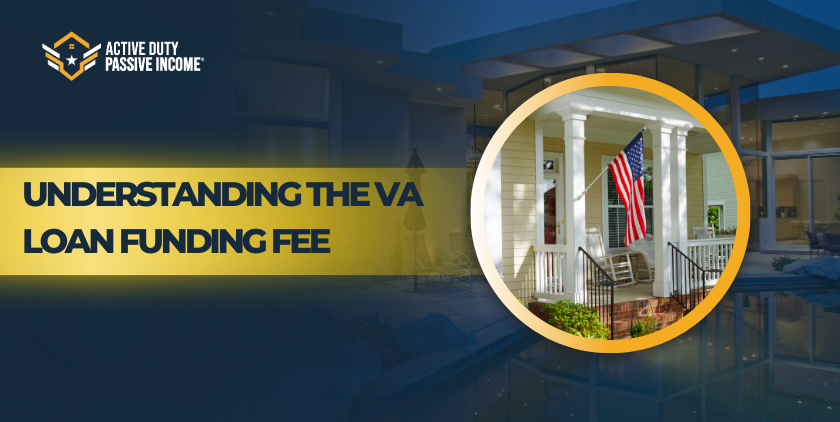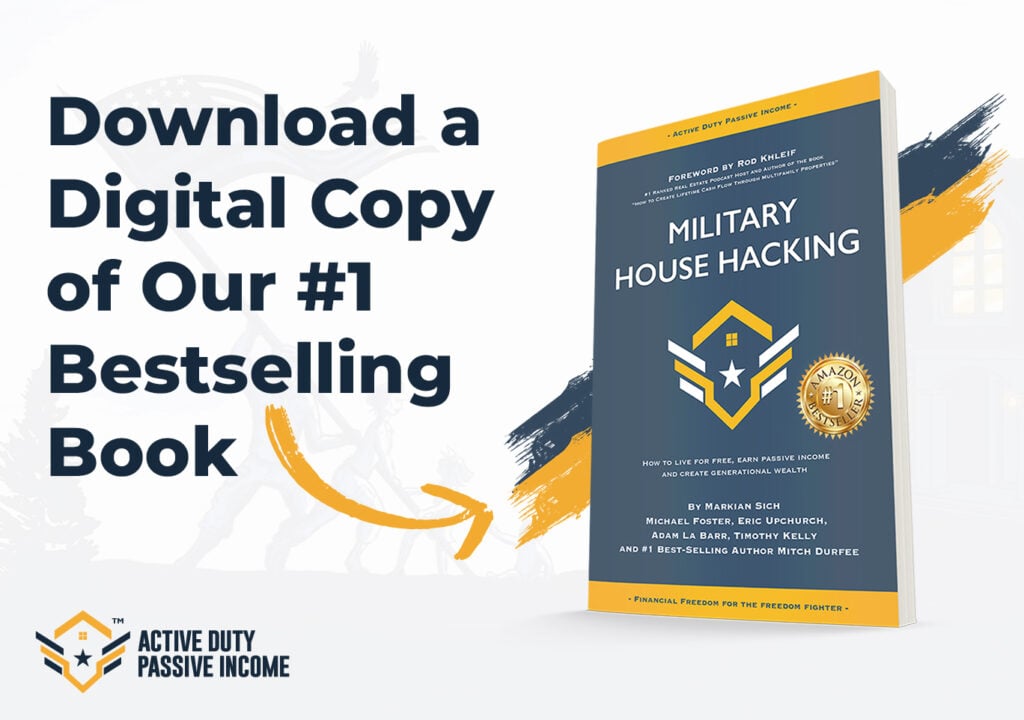Unlock the door to your dream home without breaking the bank—discover everything you need to know about the VA Loan Funding Fee!
For those who currently serve or have served our nation, the VA loan is a well-deserved benefit, offering an opportunity to achieve homeownership with favorable terms. One component of the VA loan process that often raises questions is the VA loan funding fee. Understanding this fee is crucial for veterans and active-duty service members to fully appreciate the benefits and costs associated with VA loans.
What is the VA Loan Funding Fee?
The VA loan funding fee is a one-time payment made to the Department of Veterans Affairs (VA) by the borrower. This fee helps to reduce the loan’s cost to taxpayers since the VA loan program doesn’t require mortgage insurance and offers competitive interest rates, even with no down payment. By collecting this fee, the VA can continue to offer these advantageous terms to future generations of veterans.
Why Does the VA Charge a Funding Fee?
The VA charges this fee primarily to sustain the VA loan program. Unlike other mortgage programs, VA loans do not require private mortgage insurance (PMI) or a significant down payment. These features make VA loans incredibly attractive to veterans and active-duty service members. The funding fee helps offset the costs and potential losses incurred by the VA loan program, ensuring its longevity and availability for future borrowers.
Who Pays the VA Loan Funding Fee?
Typically, the borrower is responsible for paying the VA loan funding fee. This includes veterans, active-duty service members, National Guard members, and Reservists. However, not all borrowers are required to pay the fee. There are specific exemptions, which we will discuss later in this article.
How Much is the VA Loan Funding Fee?
The amount of the VA loan funding fee varies based on several factors:
- Type of Service: The fee differs for regular military members compared to National Guard and Reservists.
- Down Payment Amount: Borrowers who make a down payment can benefit from a reduced funding fee.
- First-time or Subsequent Use: First-time VA loan users typically pay a lower funding fee compared to those who have used the VA loan benefit previously.
Funding Fee Rates for First-Time Use (2024 Rates)
- Regular Military:
- No down payment: 2.15% of the loan amount
- 5% or more down payment: 1.5%
- 10% or more down payment: 1.25%
- Reserves/National Guard:
- No down payment: 2.4% of the loan amount
- 5% or more down payment: 1.75%
- 10% or more down payment: 1.5%
Funding Fee Rates for Subsequent Use (2024 Rates)
- Regular Military:
- No down payment: 3.3% of the loan amount
- 5% or more down payment: 1.5%
- 10% or more down payment: 1.25%
- Reserves/National Guard:
- No down payment: 3.3% of the loan amount
- 5% or more down payment: 1.75%
- 10% or more down payment: 1.5%
These rates are subject to change, so it’s important for borrowers to check the latest rates when considering a VA loan.
Funding Fee Exemptions
Not all VA loan borrowers are required to pay the funding fee. The VA provides exemptions for certain individuals, which include:
- Veterans with Service-Connected Disabilities: Veterans receiving compensation for a service-connected disability are exempt from the funding fee.
- Surviving Spouses: Surviving spouses of veterans who died in service or from a service-connected disability do not have to pay the fee.
- Purple Heart Recipients: Active-duty service members who have received the Purple Heart are exempt from the funding fee if they close on their loan while still on active duty.
These exemptions can provide significant savings for eligible borrowers, making homeownership more accessible.
How is the Funding Fee Paid?
The VA loan funding fee can be paid in several ways:
- Upfront Payment: Borrowers can choose to pay the fee upfront at closing.
- Financing the Fee: The most common option is to roll the funding fee into the total loan amount. This method spreads the cost over the life of the loan, slightly increasing the monthly mortgage payment.
- Seller-Paid: In some cases, the seller may agree to pay the funding fee as part of the negotiations. This option is less common but can be beneficial in a buyer’s market.
Borrowers should discuss these options with their lender to determine the best approach for their financial situation.
Advantages of the VA Loan Despite the Funding Fee
Despite the additional cost of the funding fee, VA loans offer several compelling benefits that often outweigh this expense:
- No Down Payment: The ability to purchase a home with no down payment is a significant advantage, allowing veterans to become homeowners without needing to save a substantial amount of money upfront.
- No PMI: Unlike conventional loans, VA loans do not require private mortgage insurance, saving borrowers a considerable amount over the life of the loan.
- Competitive Interest Rates: VA loans typically offer lower interest rates compared to conventional loans, reducing the overall cost of borrowing.
- Lenient Credit Requirements: The VA loan program is more forgiving of lower credit scores and past financial difficulties, making it accessible to more veterans and service members.
- Assumable Loans: VA loans are assumable, meaning they can be transferred to a new buyer if they qualify for the VA loan, potentially making it easier to sell the home.
How the Funding Fee Affects Loan Affordability
Understanding how the funding fee impacts loan affordability is crucial for borrowers. While the fee adds to the initial cost, the overall affordability of a VA loan remains competitive due to the benefits mentioned above. For example, the lack of a down payment requirement and PMI can result in significant monthly savings, offsetting the added cost of the funding fee.
Calculating the Funding Fee
To illustrate how the funding fee affects the total loan amount, let’s consider an example:
- Loan Amount: $300,000
- Type of Service: Regular Military
- Down Payment: None
- First-Time Use Funding Fee: 2.15%
The funding fee would be calculated as follows: $300,000 * 2.15% = $6,450
If the borrower chooses to finance the fee, the new loan amount would be: $300,000 + $6,450 = $306,450
This calculation shows how the funding fee is added to the total loan amount, impacting the monthly mortgage payment slightly but allowing the borrower to finance the upfront cost.
Reducing the Funding Fee
Borrowers have options to reduce the funding fee:
- Make a Down Payment: As shown in the funding fee rates, making a down payment can lower the fee percentage.
- Check for Exemptions: Verify if you qualify for any exemptions, such as a service-connected disability or being a surviving spouse.
- Refinance with a VA IRRRL: If you already have a VA loan, you might consider refinancing with an Interest Rate Reduction Refinance Loan (IRRRL), which typically has a lower funding fee.
Conclusion
The VA loan funding fee is an essential component of the VA loan program, ensuring its sustainability and availability for future generations of veterans. While it adds to the initial cost of obtaining a VA loan, the benefits provided by the VA loan program—such as no down payment, no PMI, competitive interest rates, and lenient credit requirements—often outweigh this additional expense.
Understanding how the funding fee is calculated, who is required to pay it, and the available exemptions can help borrowers make informed decisions. By exploring options to reduce or finance the fee, veterans and active-duty service members can take full advantage of the VA loan program, achieving their dream of homeownership with confidence and financial savvy.
For those eligible for a VA loan, it’s advisable to consult with a knowledgeable lender who can provide detailed information tailored to individual circumstances. This guidance ensures that borrowers can navigate the process smoothly and maximize the benefits of their well-earned VA loan entitlement.








